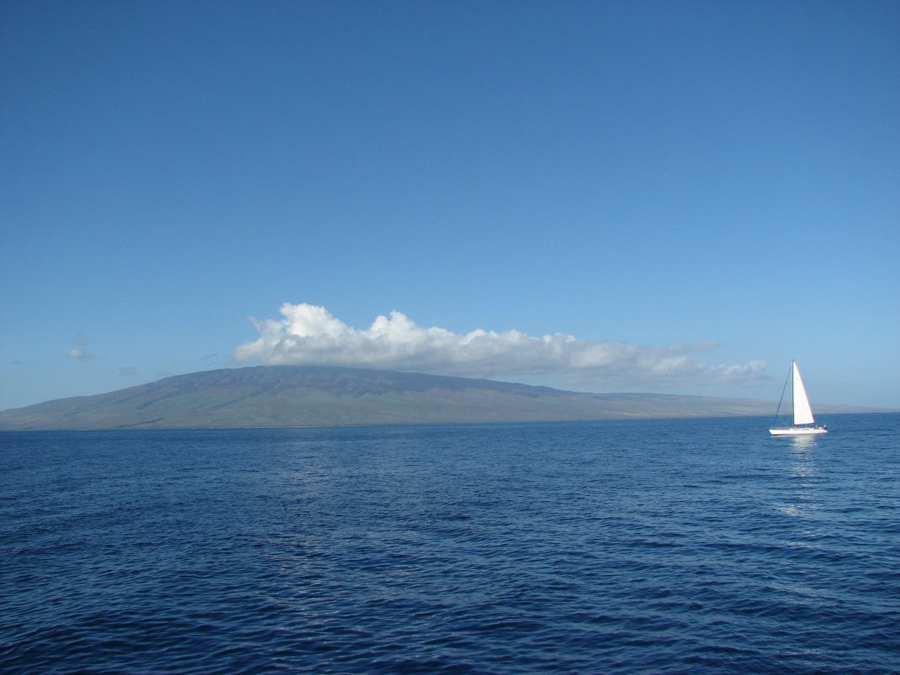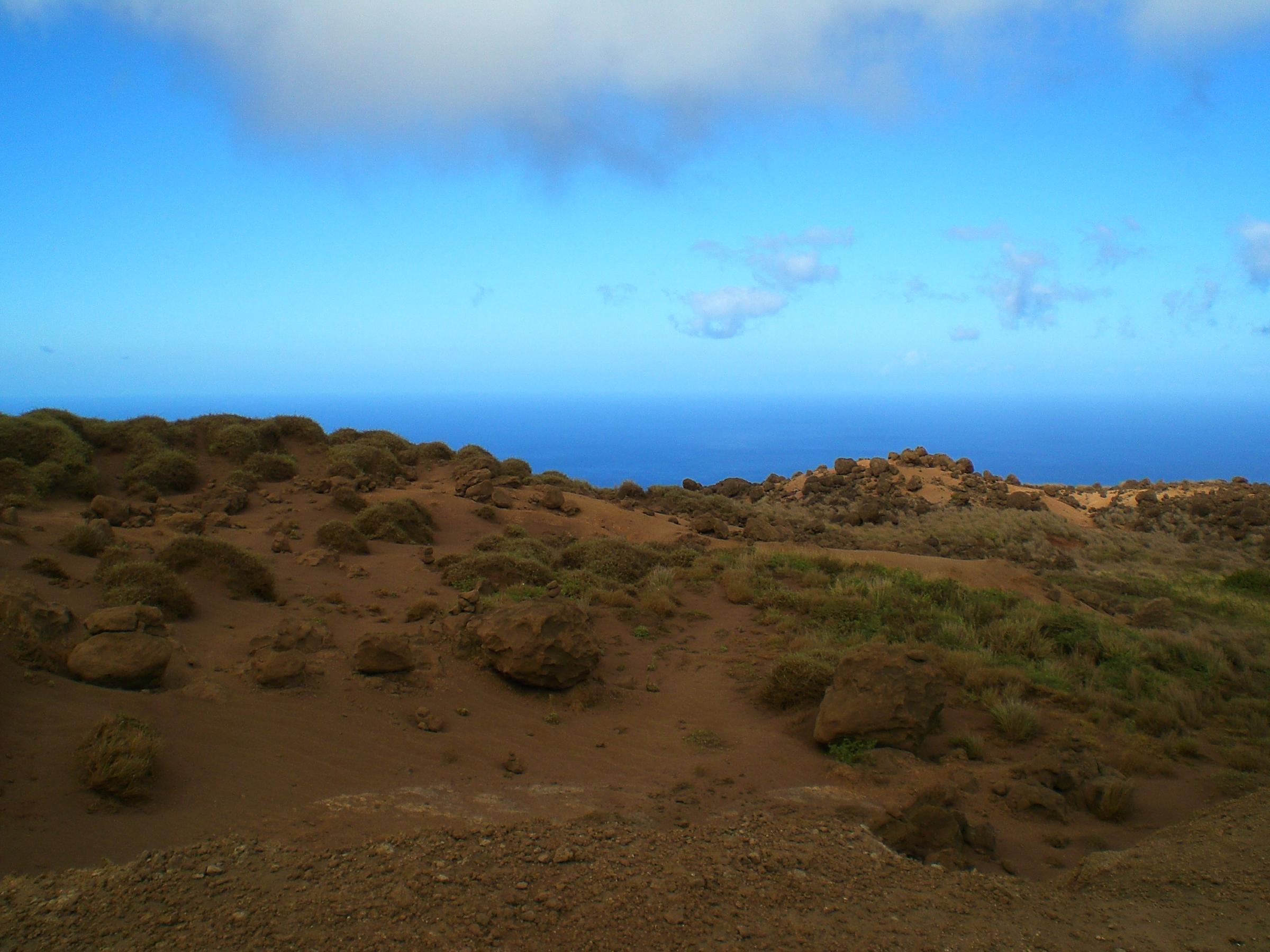Lanai, An Overview Of A Quiet Island

Magnificent coastline
For nearly 70 years, Lanai dubbed the "Pineapple Island," was operated as a pineapple plantation by Dole Company, a subsidiary of Dole Food Company, Inc. In its heyday, Lanai was the world's largest source of pineapple, grown on more than 16,000 acres, until the industry began faltering. Controlling interest of Dole Food Company, Inc., and its 98 percent holdings on the island was purchased in 1985 by David Murdock, Chairman of the Board and Chief Executive Officer. By 1993, pineapple was phased out in favor of more diversified economic prospects, including other agricultural crops, ranching, and resort development.

Sunset looking west over the area where deer have free roaming rights.
The road to shipwreck beach goes directly west from here.
"The Secluded Isle" as Lanai is now known is completely in the rain-shadow of its neighbor island Maui. For this reason it receives very little rain and as you will note from its baked red color, it is one of the driest islands in the chain. Visitors to Lanai will find its climate relatively uniform throughout the year, with summer high temperatures ranging from 80-90 degrees F (26.7-32.2 C) and winter low temperatures ranging between 54 to 67 degrees (12.2-19.4 C).

Unlike its larger neighbors, Lanai does not have towering volcanic mountains. There are, however, some higher elevations that effect temperatures. The island's principal city, Lanai City, is located up slope from the beaches in the center of the island and is consequently cooled by her elevation. Here average summer-time temperatures range from a high of 78-85 degrees (25.5-29.4 C) during the day, to a low of 62-66 degrees (16.7-18.9 C) in the evening. Average winter temperatures in town range from a day-time high of 72-76 degrees, (22.2-24.4 C) down to 59-63 degrees (15.0-17.2 C) at night.

Garden Of The Gods is an area where one has to drive off-road to get to.
It's an interesting
geological set of formations and rocks stacked with
human intervention.
Rainfall in Lanai City is limited to 1-3 inches per month in the summer to 3-6 inches in the winter. What little rain that does fall on the island comes down on the windward slopes to the north and east of Lanai City. The island's beach areas receive very little rainfall and are generally about 10 degrees warmer than Lanai City. Visitors to the island can usually count on lots of sun. The leeward (south) coast in particular, is very dry and sunny and can get quite hot in the summer.

In the hills behind the Lodge, there is the Munro Trail which is a great get-away
if you have a jeep available to you. We drove it several times a day and it was "different" each tim!